Ignacio Palacios is best known internationally for his travel and landscape work. He has been continuously traveling around the world since 1998 but since he came to Australia in 2008, he has focused on photographing landscapes and using digital imaging techniques to produce more creative and fine art work.
His images have been published in international photographic magazines and books all over the world including National Geographic, Australian Geographic, and Lonely Planet Guides.
To see more of his work, follow him on 500px, visit his website, or check him out on Facebook.
Salar de Uyuni (Uyuni Salt Plains) – Bolivia
This is the photograph that won first prize in the LUX awards in Spain last year. The LUX awards are the most important Professional Photography awards in Spain, and so I am still on a high after receiving this prize and wanted to share more about how this photo came to be.
How I Got the Shot
This is a composite image. The top of the image that includes the 4WD and the mountains (Fisher Island) was taken at sunrise, while the bottom part of the image with the typical Salt plain’s hexagons was taken at sunset.
The reason why I had to do a composite image is because because I only spent one night in Uyuni, and that morning at sunrise I could not find the composition that I had in mind (with a strong marked hexagonal line following a diagonal).
That morning there were also a lot of 4WD wheel marks on the salt hexagons in the area where we parked our car to take a few photos at sunrise. It was so dark that I could not see them, but they ruined most of my photographs. In fact, there were so many 4WDs driving around Uyuni that it was very difficult to find a location without marks… and it would have been a very tedious task to clone them.
Because I wasn’t completely happy with the shots I took in the morning I asked the driver to take me again for sunset. I was the only photographer on the tour keen enough to come back to the salt plains again for a sunset shot. We had to look for a while until I found what I wanted and then we waited for the sun to set…
It´s a pity that I can’t show you the original shots because I left the RAW files in Sydney, but I haven’t actually done a lot of post processing in this image. Apart from saturating, slightly changing the color of the salt lake, and highlighting the diagonal, I haven´t touched this image very much.
Composition is Key
Technically, this image is not perfect as the foreground is a bit soft, but it was more important for me to get the composition right and to photograph it in good light.
So that afternoon, when I was photographing the hexagons, I did not actually think of doing “focus stacking”, and because I was shooting at f/13, some of the lines at the corners (which were pretty close to the camera) are a bit soft. I only realized this when I printed the image at home.
As a result, I had to sharpen those lines at the bottom a bit more than the rest of the image using masks. And with some other techniques in Photoshop, I also marked the diagonal line a bit more than the rest of the lines.
Despite that, this image did not do too badly in the NSW and Australian National Photography (APPA) awards this year. It won two silver awards in each competition.
In the State awards no one mentioned the issue with the softness I was worried about. However, one of the judges did not like how the clouds on the right hand side were sitting on the image and at that time I got a bit disappointed that the image did not score higher than a silver.
The funny thing is that I kind of agree with that comment, and I would have normally cloned or used a Gaussian filter in Photoshop to clean and improve the sky, but in this particular image I decided not to touch it. And that is the way I sent it to the LUX awards in Spain…
It is also funny because when I was taking the photograph at sunrise, my driver took off and parked the 4WD a few hundred meters in front of us. I wasn’t happy with that as I just wanted to photograph the pure environment without human elements. I thought that the car would ruin the shot and I would have to clone it in Photoshop. But when I opened the image at home, I thought it was an important element of the image and I decided to leave it.
It provides depth to the image, actually makes the shot, and was one of the points mentioned by the judges in the LUX awards.
Conclusion
So a few lessons learned here:
1. If you like your photograph, it does not matter what judges think, don’t get disappointed because art is subject to different interpretations and in other competitions you might get different results.
2. When I started to use Photoshop, I worried too much about noise and sharpness, etc. but the key is composition, subject matter, and good light. As you can see, even technique and camera equipment is not that important sometimes. And if I had to choose one among technique, composition or light, as I have mentioned before, composition for me is the most important.
3. Work hard and take your chances. If you have a photograph in mind, go and get it. You might not have another opportunity to go back to that particular place.
4. Finally, elements that could annoy you at the time of taking the photograph might actually play to your advantage.
There have been a few posts recently on Facebook questioning why photographers should enter competitions. For me, when I started to enter competitions, it was more about growing and learning from others and comparing my work with my peers. In Australian competitions, I have learned a great deal from the whole process of going through and selecting images, processing, and then printing.

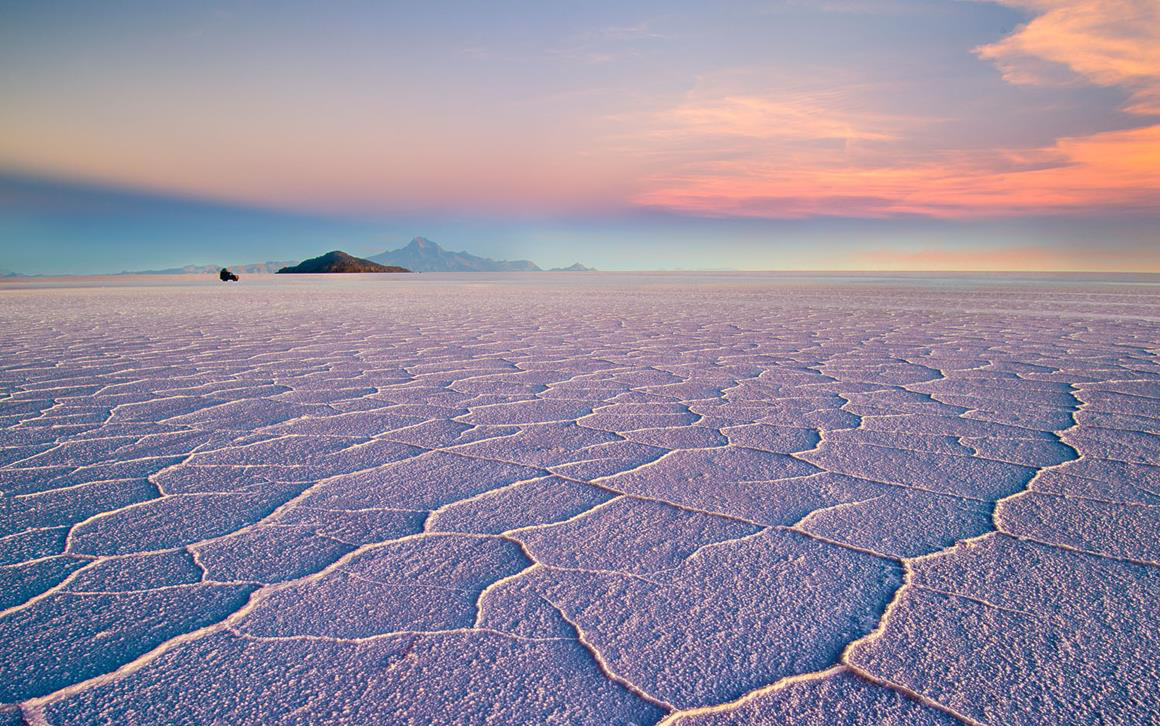

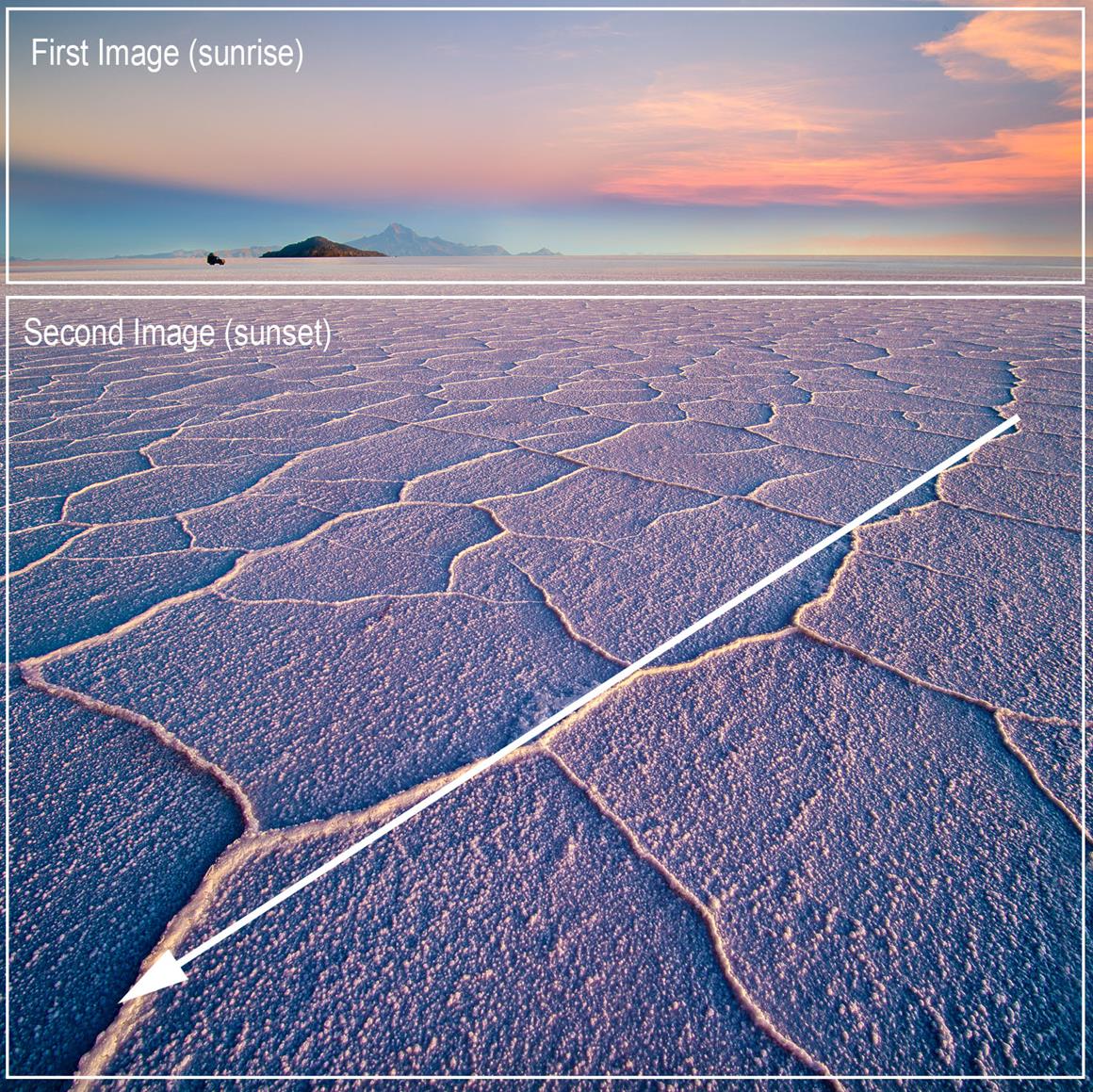
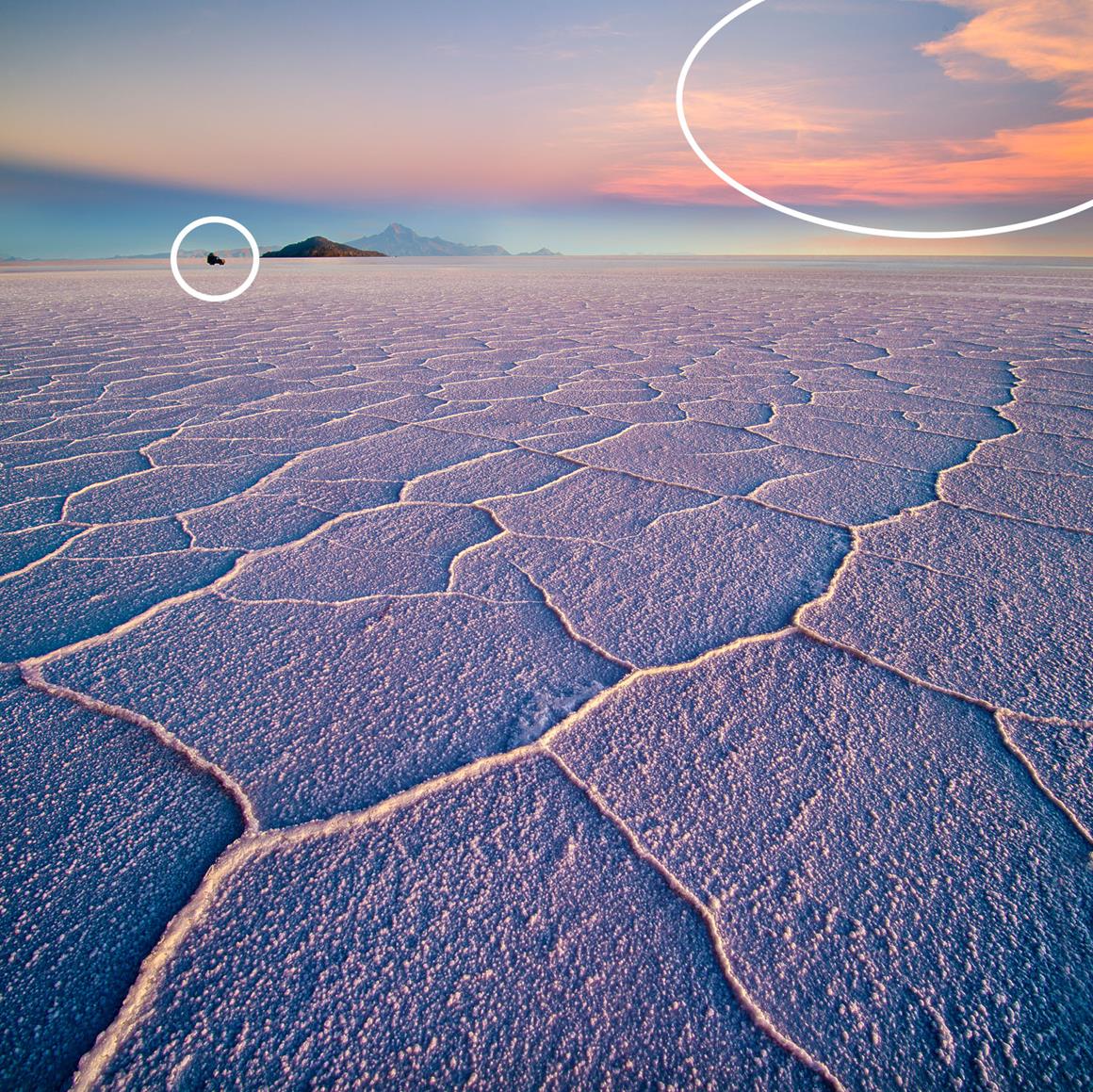
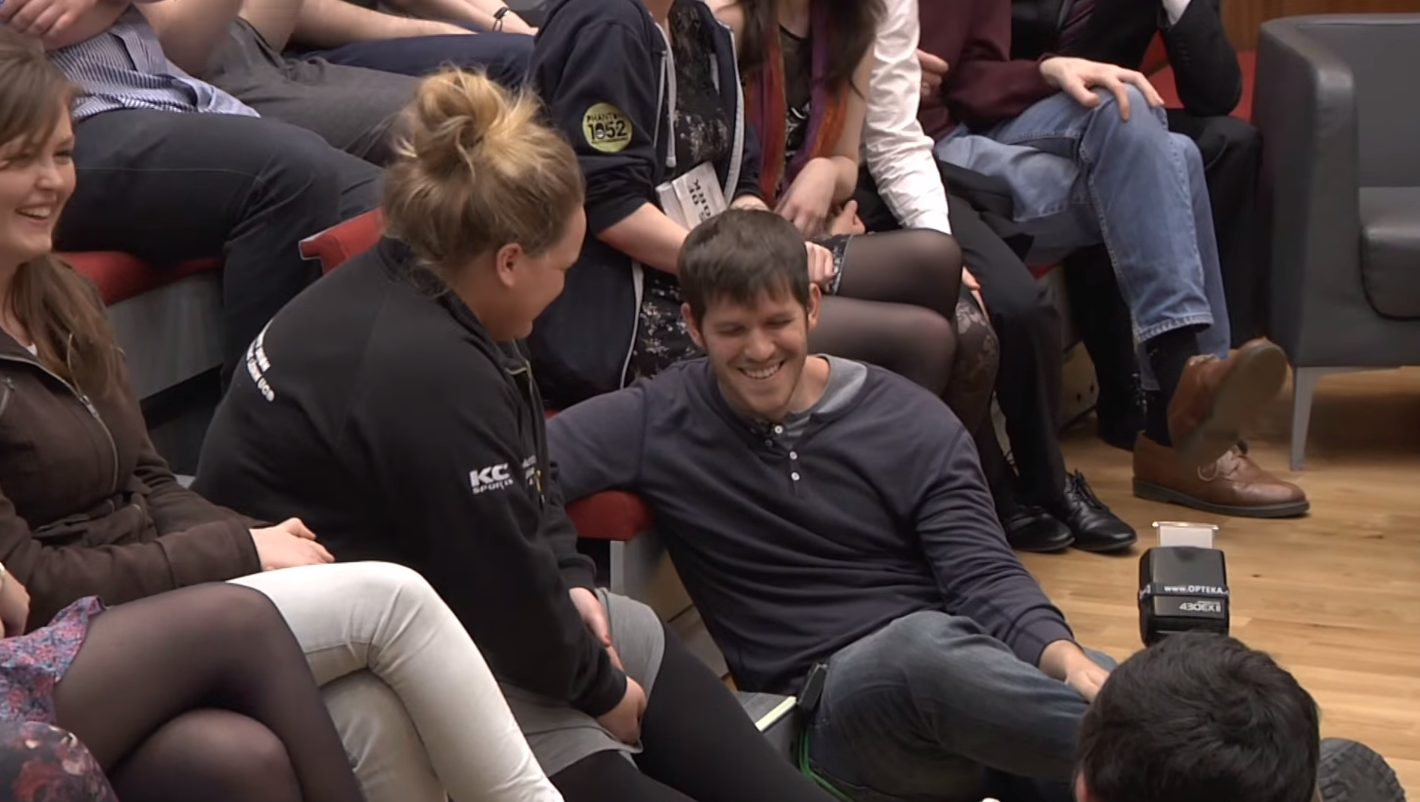

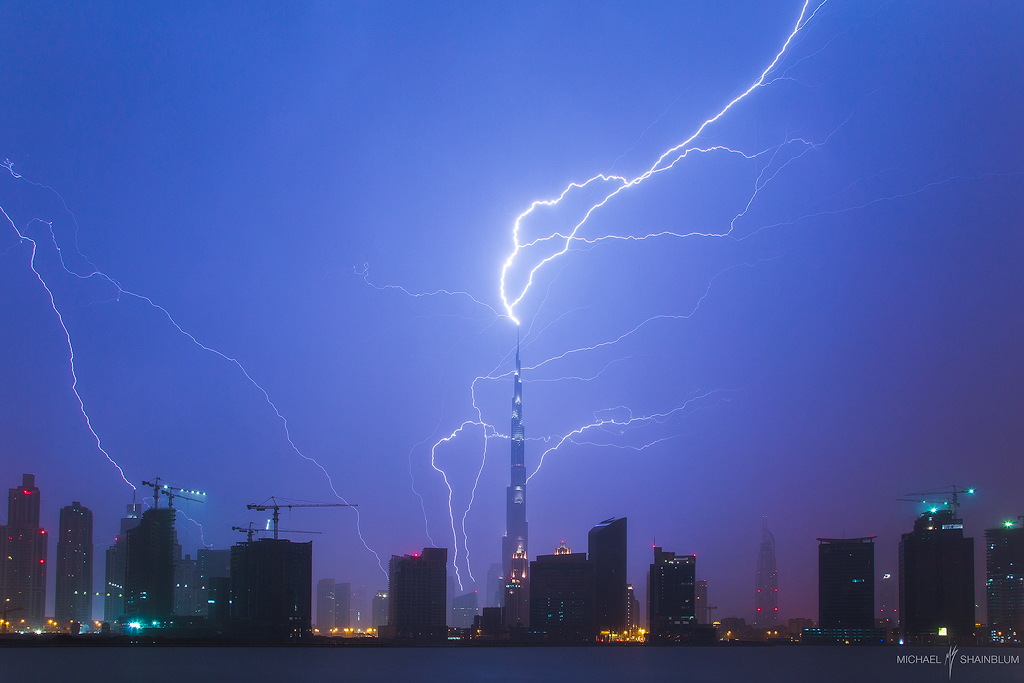
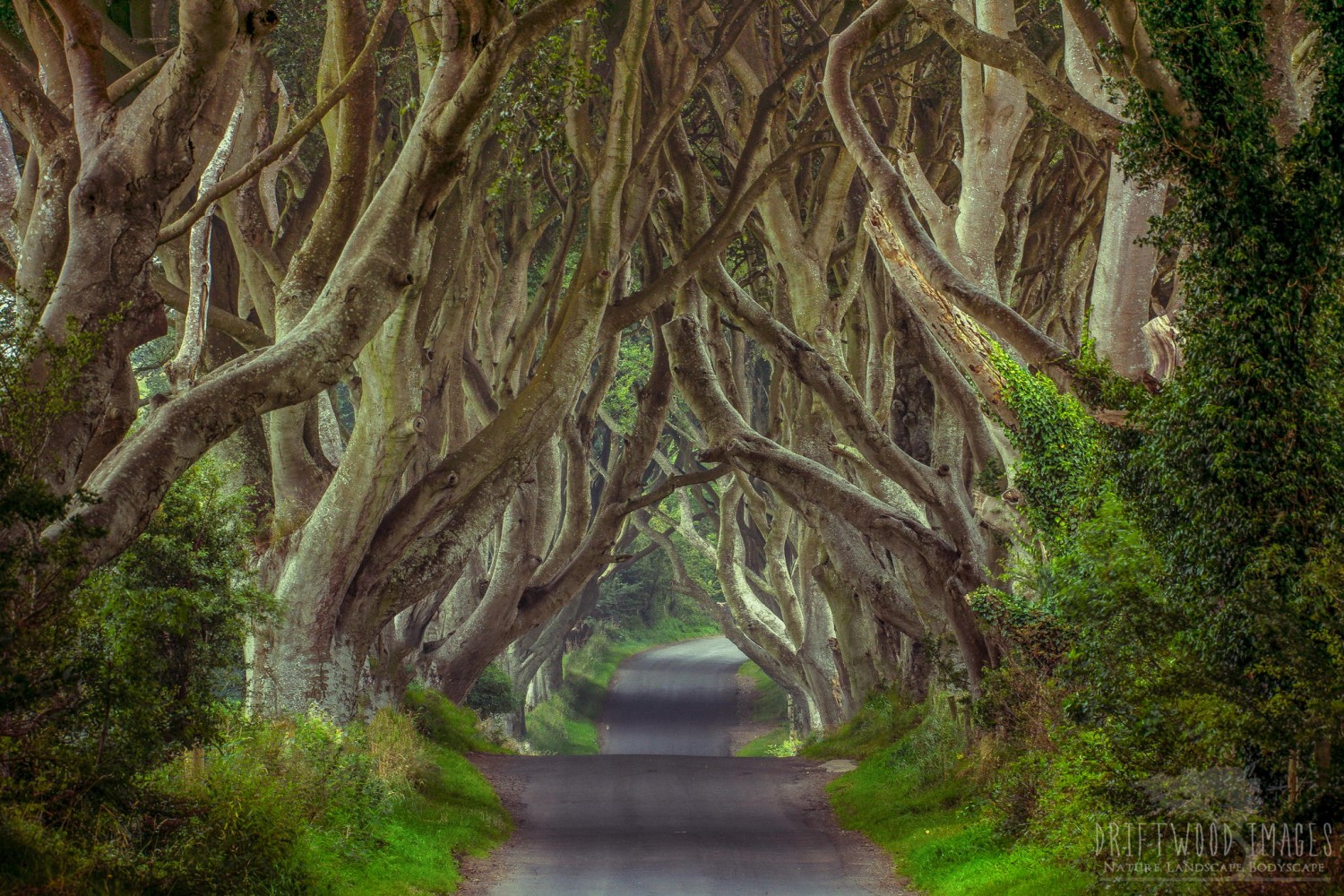
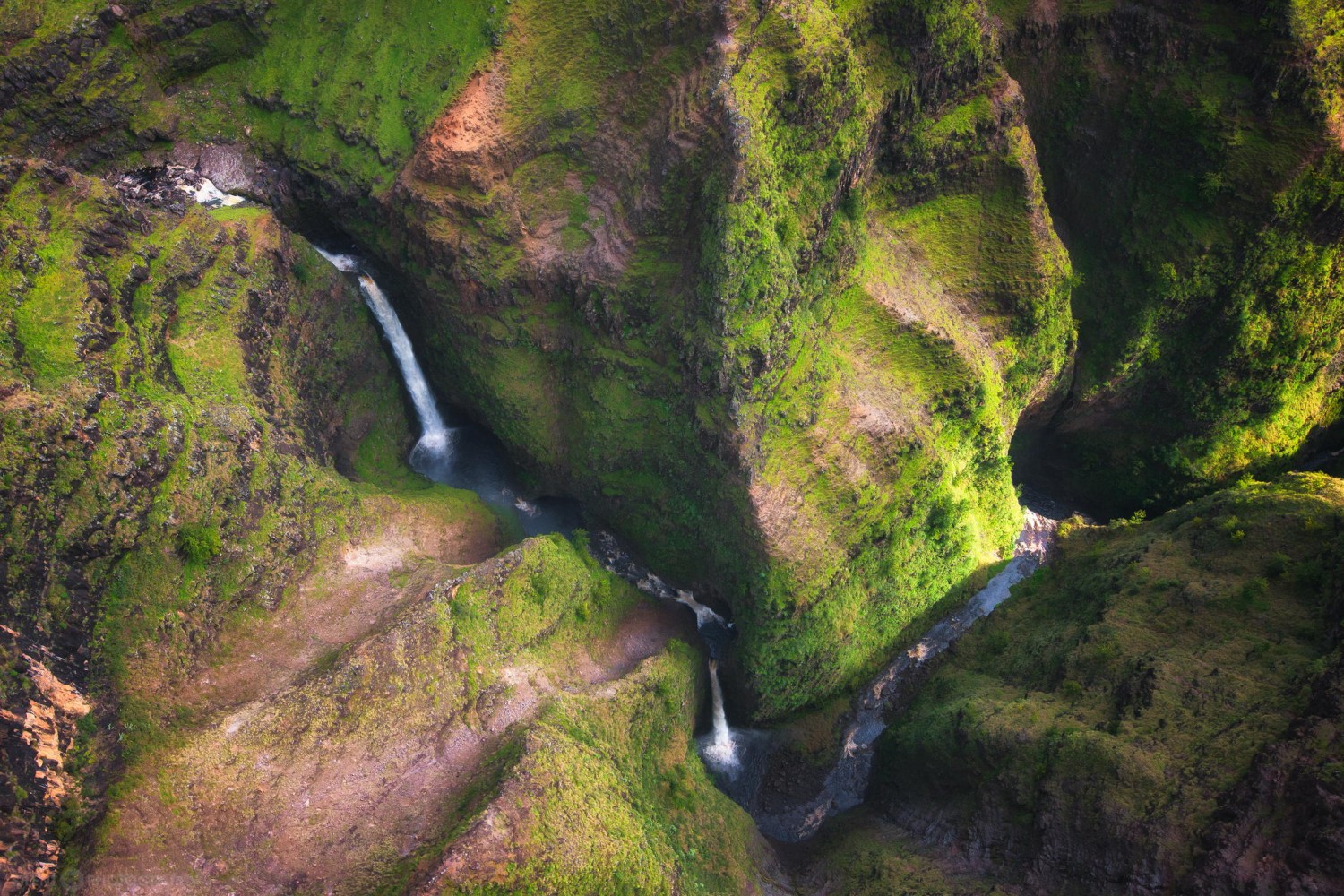
Leave a reply